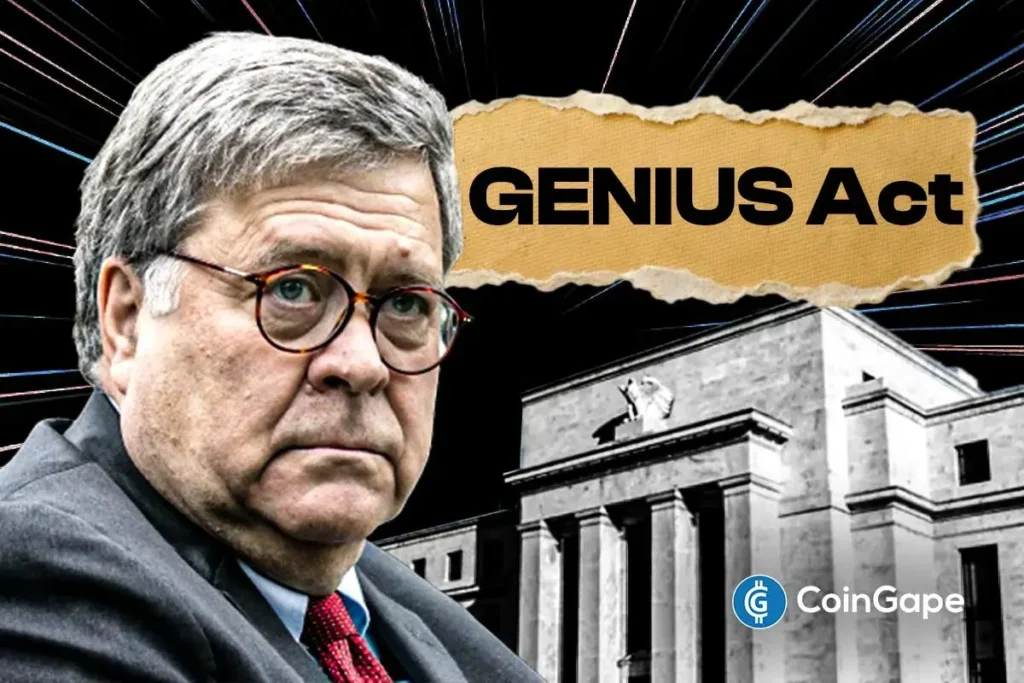The Evolving Landscape of Stablecoin Regulation: Insights from Federal Reserve Governor Michael Barr
In the ever-evolving world of digital finance, stablecoins have emerged as a pivotal instrument, promising stability and efficiency in payment systems. Recently, Federal Reserve Governor Michael Barr delivered a compelling speech during the 2025 D.C. Fintech Week, where he emphasized the significance of the newly proposed GENIUS Act. While recognizing that the act represents meaningful progress in the regulation of stablecoins, Barr also voiced concerns about its lack of comprehensive guardrails, raising questions about consumer protection and long-term system stability.
The Importance of Stablecoins in Modern Payment Systems
Barr articulated a strong case for the role of stablecoins in enhancing payment systems worldwide. As digital currencies pegged to stable assets, they have the potential to streamline transactions, making them faster and more cost-effective. In his address, he highlighted the advantages stablecoins bring, particularly in remittances, trade finance, and multinational treasury management. Their ability to offer low-cost and accessible solutions makes them a significant asset in digital finance, especially in developing economies where traditional banking services may be limited.
Potential Risks Within the GENIUS Act Framework
Despite its groundbreaking features, Barr pointed out notable gaps within the GENIUS Act that could expose consumers to risks. While the act mandates that stablecoins be pegged to highly liquid assets, such as U.S. Treasury bills, it also allows some reserve assets to lose value during market turbulence. This might include uninsured deposits or certain foreign-backed instruments, potentially jeopardizing the promised stability of these digital currencies. The governor’s remarks underscore the need for careful regulatory scrutiny to protect consumers and ensure that the value of stablecoins remains intact, particularly in volatile market conditions.
Addressing Regulatory Gaps and Challenges
Barr’s speech also touched on the complexities of regulatory arbitrage, where companies could exploit variances in state and federal regulations. He cautioned that if different regulatory authorities establish separate rules, it could lead to confusion for both consumers and corporations. As seen with SWIFT’s new blockchain pilot for stablecoin settlements, legacy systems are also grappling with the need for cross-border coordination. Barr’s call for a unified regulatory framework is aimed at fostering a stable environment that minimizes risks while maximizing innovation.
The Promising Future of Stablecoins
The future of stablecoins looks promising, provided that they are backed by sound regulatory measures. Barr highlighted how, when properly aligned with regulations, stablecoins can significantly improve liquidity and efficiency for households and businesses alike. He noted that states like North Dakota have already launched their own stablecoins, reflecting a growing recognition of the advantages stablecoins can provide. Barr’s recognition of these state-level initiatives indicates a shift towards embracing innovative financial solutions while also ensuring necessary oversight.
The Need for Strong Regulatory Frameworks
As the landscape of digital finance continues to grow, Barr emphasized the need for strong regulatory frameworks that qualify and safeguard innovations like stablecoins. He asserted that without clear guardrails, even promising technologies could introduce new risks. Consequently, he urged regulators to act decisively during the rulemaking phase, ensuring that the regulatory environment not only protects consumers but also fosters trust in the financial system. The essence of effective regulation lies in striking a balance between promoting innovation and safeguarding against potential pitfalls.
Conclusion: A Call for Collaborative Regulation
In conclusion, Governor Michael Barr’s insights on the GENIUS Act and stablecoins reflect a broader recognition of their potential role in the future of payments. However, he cautions that effective regulation is essential for ensuring consumer protection and maintaining confidence in digital currencies. The collaboration between state and federal regulators will be key to achieving a harmonized regulatory framework that benefits both consumers and the industry. As the financial world continues to adapt to technological advancements, ongoing dialogue among stakeholders will be crucial to navigating the challenges and unlocking the full potential of stablecoins.


